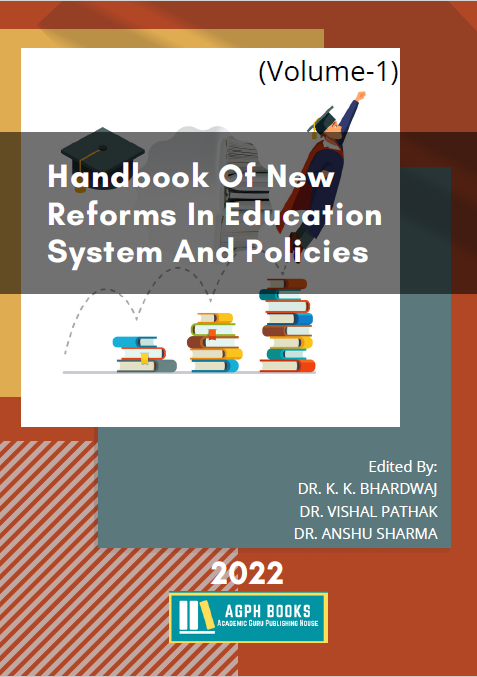Handbook of New Reforms In Education System and Policies (Volume 1)
Keywords:
Higher Education, Knowledge Economy, Technical Education, UniversityAbstract
highly educated populace is a given in any advanced economy. Third only to the United States and China is India's higher education system. Since the country's independence, India has made steady growth in the education sector. India is a developing country, and as such, higher education is critical in fostering the country's population's growth. In recent years, both the number of institutions and the number of students enrolled in Indian higher education have grown significantly. "At least $9 lakh crore must be invested in higher education to reach a 30 percent GER, according to the National University of Educational Planning and Administration. Over the past two decades, there has been a dramatic increase in the growth of higher education, which may be attributed to private sector initiatives.




